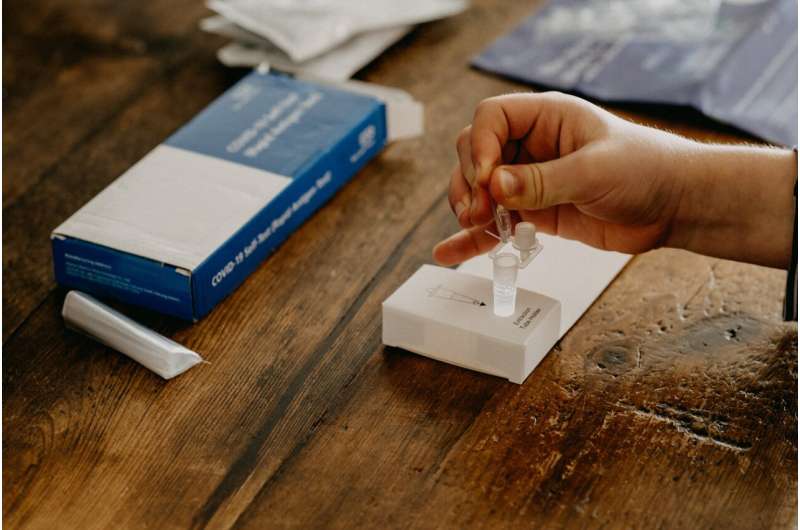Researchers Call for Reduced Plastic Use in Rapid Diagnostic Tests to Protect the Environment

Lateral flow tests have played a crucial role in transforming global healthcare by allowing rapid and accessible disease detection. These tests, widely used for diagnosing conditions like COVID-19, HIV, and malaria, are valued for their convenience and quick results. However, their widespread adoption has led to an environmental challenge due to their single-use plastic components.
A recent study published in the Bulletin of the World Health Organization highlights the environmental impact of disposable test kits. Researchers from Heriot-Watt University and the University of Edinburgh analyzed 21 different COVID-19 test kits and found significant variation in plastic usage. The weight of plastic in individual tests ranged from 6 grams up to nearly 40 grams. This considerable disparity indicates opportunities for manufacturers to reduce plastic consumption without compromising the tests' effectiveness.
The study advocates for incorporating strict plastic limits into test specifications. Currently, design profiles guiding manufacturers rarely consider environmental impact or specify quantitative limits. The scientists suggest setting a target of reducing plastic use to an average of 4 grams per test cassette, aligning with observed typical weights. Co-lead researcher Professor Maïwenn Kersaudy-Kerhoas emphasized the importance of including environmental criteria in product standards to promote sustainable manufacturing.
The environmental toll of disposable tests is substantial. Over 2 billion lateral flow tests are produced annually worldwide, including millions for HIV and malaria. Improper disposal practices lead to plastic waste accumulation in landfills, waterways, and open burning, releasing pollutants that damage ecosystems and pose health hazards. Recycling of these plastics remains rare, especially in regions lacking adequate waste management infrastructure.
To address these challenges, the research team urges policymakers, manufacturers, and health organizations such as the WHO, FIND, and PATH to incorporate sustainability benchmarks in their guidelines and procurement policies. Establishing limits on plastic use can help reduce waste and environmental harm while maintaining access to essential diagnostics.
Professor Kersaudy-Kerhoas emphasized that the convenience of rapid tests should not come at the expense of the planet. The long-term environmental consequences of single-use diagnostics require urgent attention to prevent a growing crisis.
The scientists advocate for a comprehensive approach that includes refining environmental standards, encouraging innovation in eco-friendly materials, and promoting responsible disposal practices. Governments and health authorities are encouraged to adopt policies that favor the use of sustainable materials in diagnostic manufacturing, ultimately enabling the healthcare sector to continue delivering vital testing services with reduced ecological footprints.
In summary, balancing healthcare needs with environmental sustainability is crucial. Implementing plastic use limits in lateral flow tests represents a significant step toward greener diagnostics and a healthier planet.
Stay Updated with Mia's Feed
Get the latest health & wellness insights delivered straight to your inbox.
Related Articles
Experts Urge Medical Consultation Before Trying Water-Only Fasting Diets
Experts warn that water-only fasting diets can pose health risks, especially for individuals with existing conditions. Consult your healthcare provider before attempting prolonged fasting to ensure safety and understand potential effects.
Early Lead Exposure May Lead to Memory Problems in Later Life
Studies link childhood and early life lead exposure from environmental sources to increased memory problems and cognitive decline in older adults, underscoring the importance of environmental health policies.



